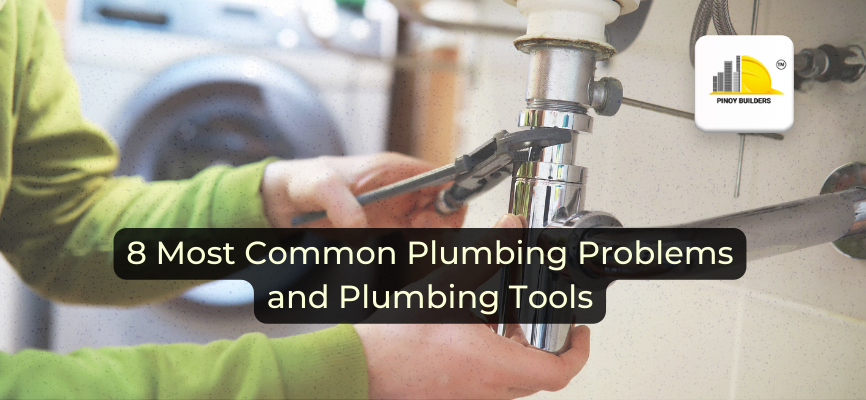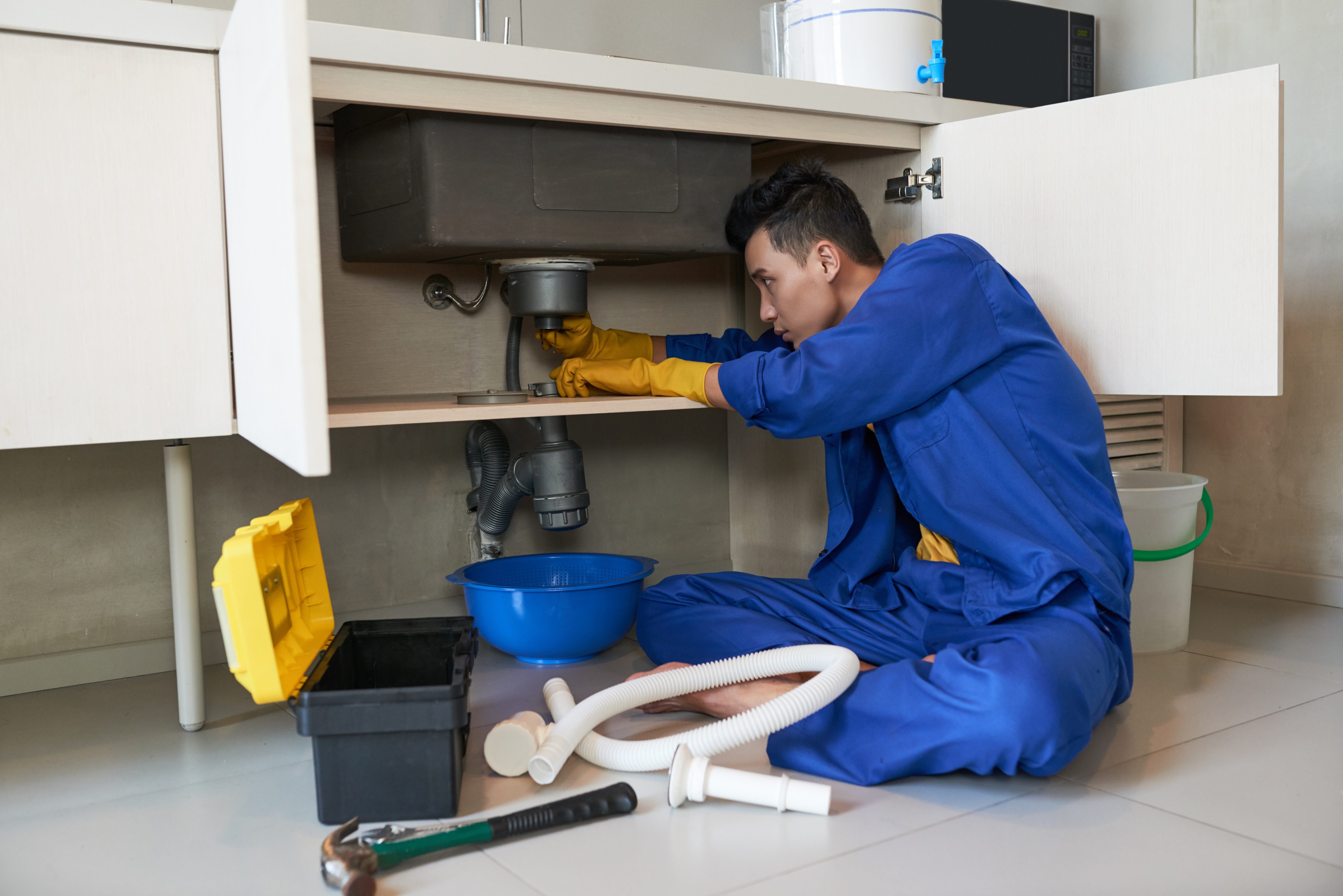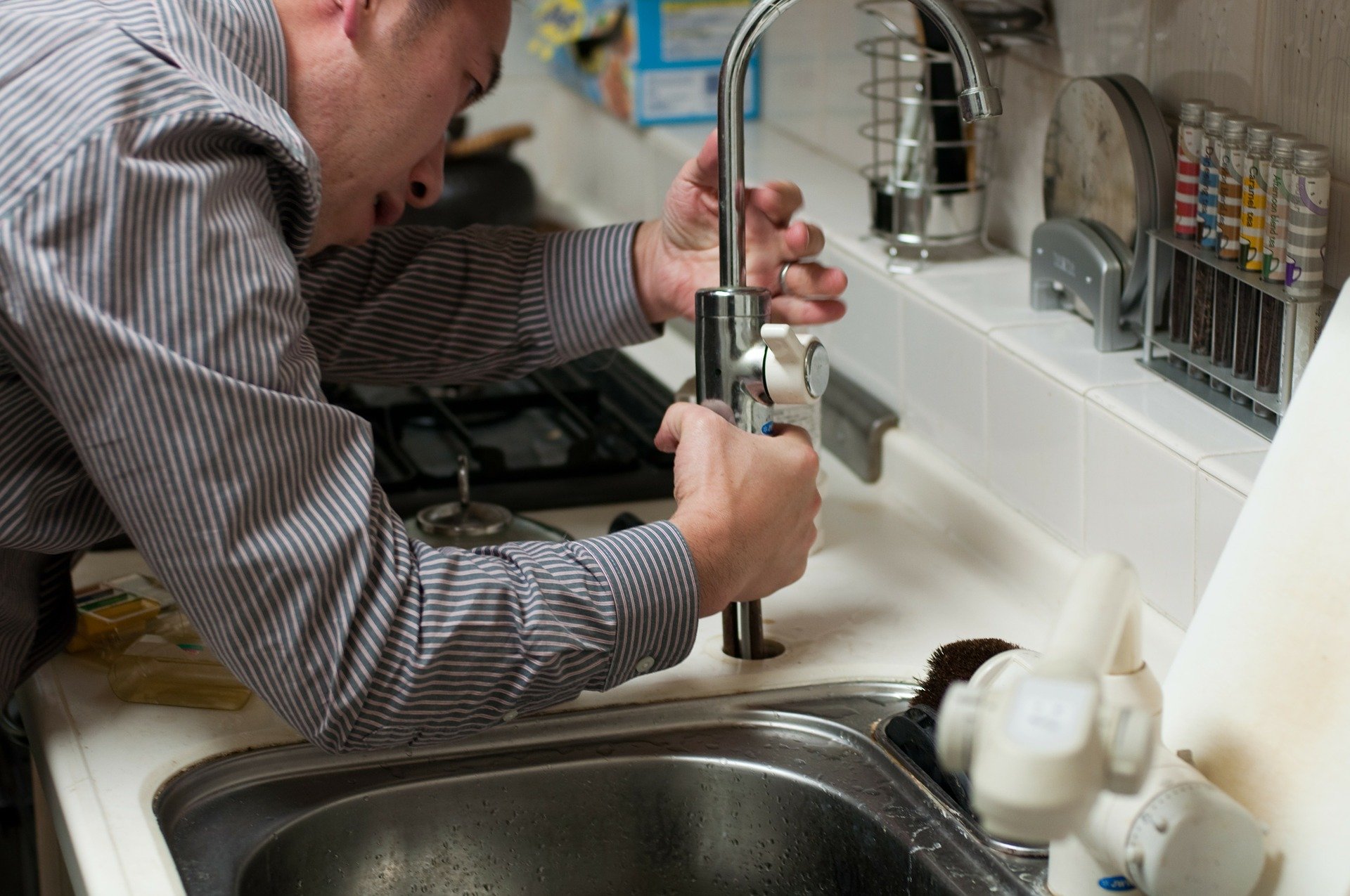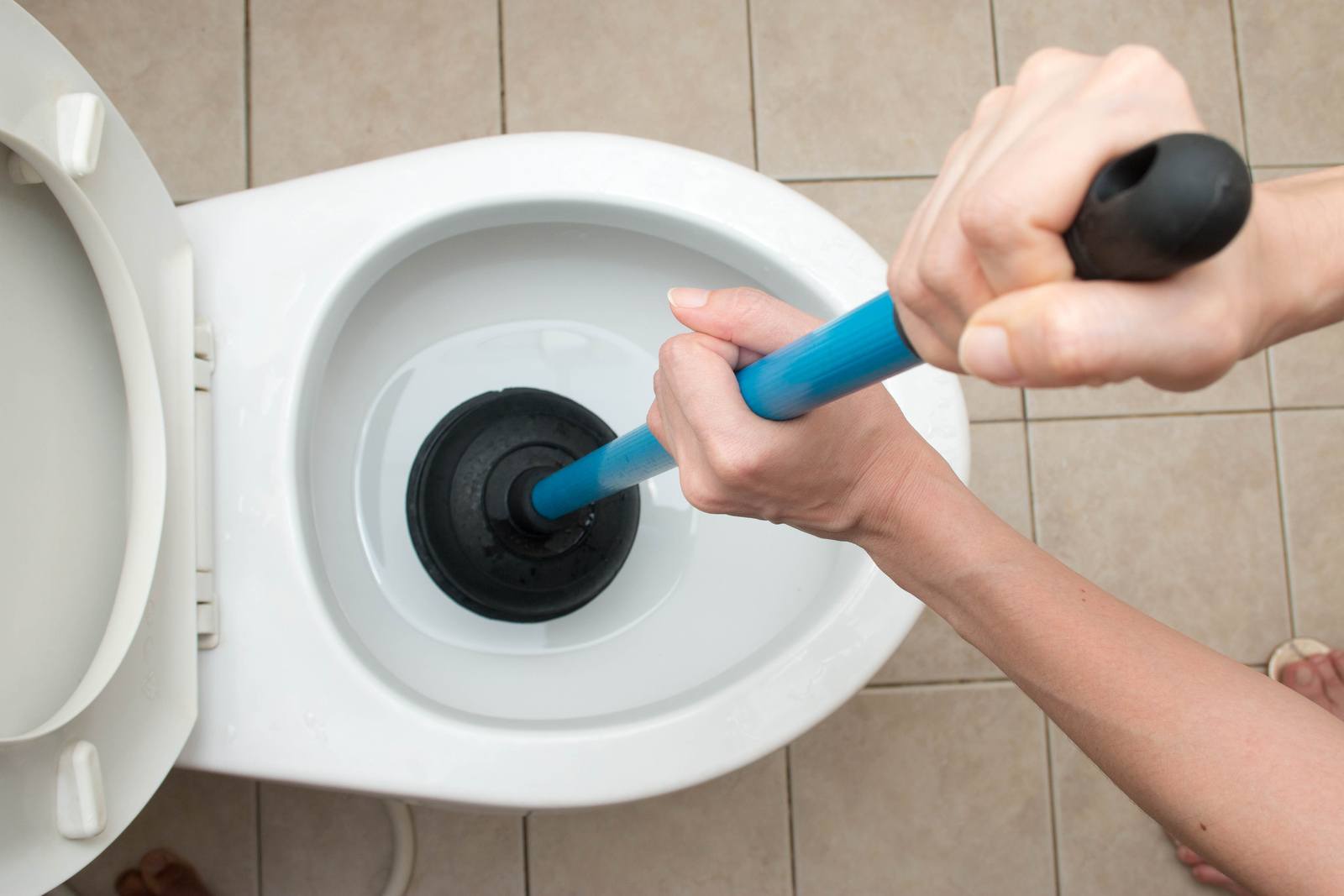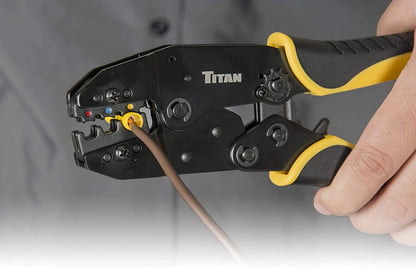Plumbing problems can range from the relatively minor and inexpensive such as a dripping faucet or running toilet to the more serious and expensive such as a sewer system backup or a major pipe leak.
Photo Courtesy: Freepik
We’ve compiled a list of the most common difficulties that may necessitate plumbing repairs. Of all, prevention is better than cure, and knowing the types of problems that are most likely to develop might help you avoid them or prevent them from becoming much worse.
1. Dripping faucets
Dripping faucets are so frequent, it’s hard to come across someone who hasn’t dealt with them. It’s not just an annoyance; wasting water can increase your water bill and cost you money. Over the course of a year, a single faucet might waste hundreds of gallons.
Photo Courtesy: Pixabay
Internal washers that have grown stiff, damaged, worn, or detached over time are often the source of leaky faucets. The problem is solved by replacing the washer that caused the leak. This is a do-it-yourself (DIY) project, however replacing the washer requires specialized tools, so you might want to hire a plumber.
2. Leaking pipes
If you don’t discover a leaky pipe right away, it can cause a lot of harm. When you spot a puddle beneath the pipes or hear dripping, you’ve probably got leaking pipes.
Leaky pipes are more than an annoyance; they can harm furniture and floors, and the wetness can attract pests such as cockroaches. Pipe junctions are usually always the source of leaks.
Tape, compounds, and fillers can often give a temporary remedy, but you’ll need to replace a piece of pipe or the accompanying fittings for anything more permanent. This may necessitate the use of a plumber. Even if you only need to replace a basic U-joint, it’s occasionally easier to delegate the task to a professional to avoid a major disaster.
3. Running toilet
Running toilets, like leaky faucets, can waste up to 200 gallons of water per day. This is a frequent plumbing issue that happens when the flapper valve that controls the flow of water from the toilet tank to the bowl malfunctions. However, if you have access to a toilet repair kit, the solution is rather straightforward.
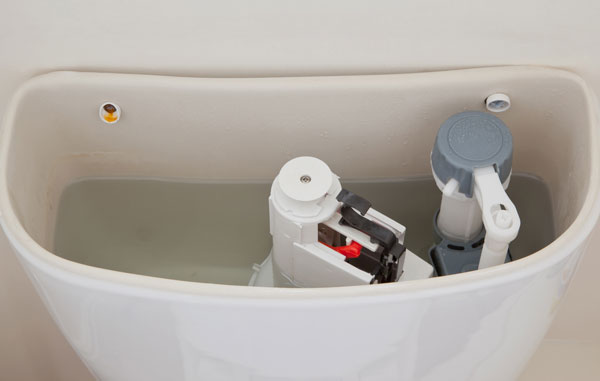
Examine each component for the source of the issue. Check that the fill tube, a thin flexible tube inside the tank, is still connected and pointing toward the overflow tube. To ensure that the fill valve closes properly, adjust the float. Check the length of the chain connecting to the flapper and make sure it isn’t knotted. If basic modifications don’t work, the entire internal tank may need to be replaced.
4. Low water pressure
If your water trickles rather than gushes out of the tap, it could be a sign of low water pressure. This is a common issue in older homes. Low water pressure is caused by a variety of factors, the most common of which are leaking pipes that have been cracked, worn, or corroded over time.
If you have low water pressure in your shower, it’s most likely due to a build-up of silt and mineral deposits on the aerators. To clean the aerator, immerse it in vinegar. If the shower is the source of the problem, soak the showerhead in vinegar or replace it entirely.
5. Slow draining sink
This issue is usually caused by an obstruction that prevents water from flowing freely. Congealed fat and food leftovers may be found in your kitchen sink drain. Knotted hair and soap are more likely to cause a clog in a bathroom sink.
Photo Courtesy: Today Show
Utilizing a plunger, pouring baking soda and vinegar, or a chemical clog remover down the drain, or using a plumber’s snake are all options for clearing a clogged sink. If the problem is not addressed, it will most likely increase over time, resulting in the drain becoming entirely blocked.
6. Clogged bath or shower drain
Clogs of hair and soap clog bath and shower drains in the same way they obstruct bathroom sink drains. A plunger may be required to clear the blockage. To improve the seal, simply apply petroleum jelly to the suction pad. Make sure the shower has enough water to keep the plunger fully immersed.
Baking soda and vinegar can also be used to dissolve clogs.
If the problem is not addressed, it will likely worsen over time. By purchasing a drain guard, the problem can be avoided or minimized in the future.
7. Clogged toilet
The indicators of a toilet clog are usually more obvious. The water backs up in the toilet bowl instead of flushing regularly, and it may even overflow. When something other than dissolvable waste enters the toilet and is flushed, it becomes a problem. Because those solid objects can’t move through the pipe, they stay in place, making water flow past the blockage and down the pipes difficult or impossible. A mixture of paper and human excrement usually causes the clog. A plunger can usually unclog a clogged toilet.
8. Faulty water heater
It’s possible that you won’t notice the problem until you’re in the shower and the water suddenly turns cold. The failure of a water heater can be caused by a variety of factors. You may need to relight the pilot light if it goes out. Sediment build-up in the tank might also cause issues. It’s possible that the thermostat is to blame at other times.
If your water heater is gas, make sure the pilot light is lit. The machine will not produce hot water if the pilot light is not turned on. Check the temperature setting to make sure it wasn’t unintentionally lowered down. Drain the water tank to flush out the sediment if you suspect mineral deposits are the problem. Call a plumber if you observe water gathering on the floor, as the tank is most likely leaking and will need to be replaced by an expert.
What are the different types of plumbing tools?
Here are some essential plumbing tools that you’ll need to do basic to almost-expert plumbing tasks:
1. Plungers
This equipment is a must-have for plumbers and homeowners in general. It’s the first thing that comes to mind when your sinks, tubs, or toilets become clogged.
Plungers are inexpensive, so possessing one may not seem like a huge issue, but their importance grows exponentially once the clogging begins.
2. Pipe Wrench
Working with pipes necessitates a great deal of forceful screwing and detaching, which hands and other tools are incapable of handling. Because water can pass through even the tiniest crack, it’s critical to secure joints properly.
A pipe wrench is used to grab smooth-surfaced pipes that would be difficult to hold firmly using conventional methods.
Photo Courtesy: Pixabay
3. Augers
The auger, often known as the plumber’s snake, is used to clear difficult clogs from sinks, tubs, and toilets. More persistent materials that can be difficult for the plungers to remove could be the cause of these blocks. Hair strands accumulate in bathtubs and toilets over time. With an auger, you can simply remove these.
4. Pliers
The importance of a plier in the home is vast, and it extends far beyond plumbing. A plier, on the other hand, can fix a number of plumbing problems. To keep pieces of your plumbing system in place, pull something, or press and bend something, you’ll need a plier.
Pliers exist in a variety of sizes and quality, but plumbing only takes a few because there isn’t much to ply besides commercial plumbing.
5. Crimpers
This is a low-cost instrument that is well worth far more than the asking price. Crimping the rounded ends of metal pipes without a crimper is impossible.
Crimping the edge of a metal pipe generates a male end that fits into another pipe while plumbing. This makes forming a continuous duct from two straight pipes simple.
Photo Courtesy: ToughJobs
6. Camera for pipe inspection
The insides of the pipes are black, and it’s difficult to see anything. Pipe inspection cameras are employed to overcome this problem. It aids the plumber in determining the precise issue with your plumbing system.
When pipe blockages persist, the inspection camera can be utilized to determine what is obstructing the flow and then a more effective solution can be implemented.
7. Set of tube bender
The network of pipes in plumbing is rarely straight. Although joints and clamps are available to assist plumbers in maneuvering bent surfaces, there are situations when those pre-designed joints would not fit. Here’s when tube benders come in handy. They come in a variety of sizes and have the ability to bend metal pipes allowing simple manipulation across bent sections.
CITATIONS:
- 5 Most Common Plumbing Problems & How to Avoid Them. Home Climates. (2020, October 30). Retrieved September 30, 2021, from https://homeclimates.com/blog/common-plumbing-problems-how-to-avoid-them.
- 8 Most Common Plumbing Problems. Bartingale Mechanical. (2020, November 25). Retrieved September 30, 2021, from https://www.bartingalemechanical.com/8-most-common-plumbing-problems/.
- Chahine, A. (2021, September 13). 17 Most Common Plumbing Problems & How to Fix Them. Architecture Lab. Retrieved September 30, 2021, from https://www.architecturelab.net/most-common-plumbing-problems-and-fixes/.
- Common Plumbing Problems & How to Fix Them. Happy Hiller. (2020, July 29). Retrieved September 30, 2021, from https://happyhiller.com/blog/common-plumbing-problems-how-to-fix-them/.
- Goodman, P. (2018, April 16). The 10 Most Common Plumbing Problems. Dengarden. Retrieved September 30, 2021, from https://dengarden.com/home-improvement/Most-Common-Plumbing-Problems.
![]()


